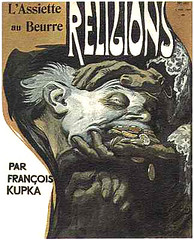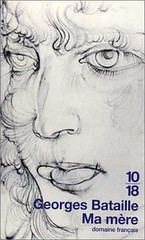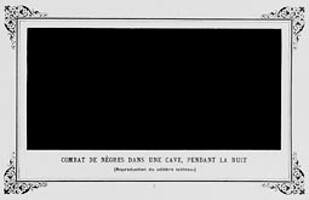Les Krims (born August 16, 1942) is a United States conceptual photographer. He is noted for his carefully arranged fabricated photographs (called “fictions”), various candid series, a surreal satirical edge, dark humor, and long-standing criticism of what he describes as leftist twaddle. Works such as Heavy Feminist with Wedding Cake [1] (1970) has been criticized by anti-pornography feminists and feminist photographers as being fetishistic, objectifying, body despising and a misogynist who uses his photography to humiliate predominantly women. Even though Krims does include men (often himself, nude) in his photos, these critics contend that his primary viciousness is reserved for women.
Tip of the hat to [1].






